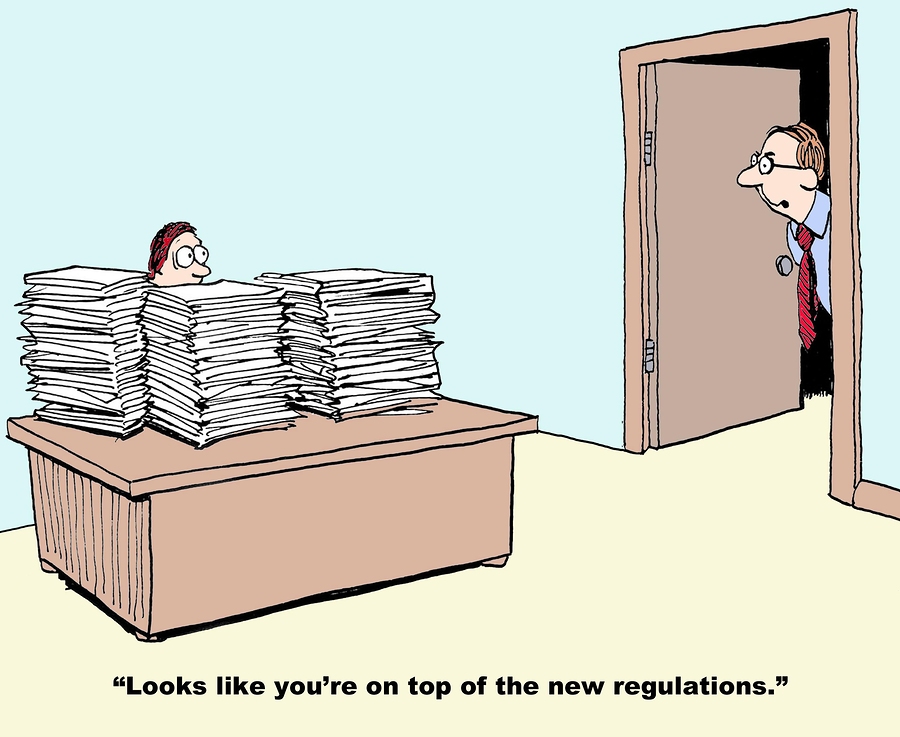Australian SMEs struggling with WHS and Fair Work compliance

Eighty one per cent of small businesses are struggling to understand their workplace health and safety (WHS) obligations, according to research released in November 2017.
The Employsure Workplace Safety Index – conducted by Galaxy Research in August 2017 – found that the greatest challenges for small businesses are the complex and constantly changing rules and regulations, the amount of paperwork, the time required for compliance, and careless staff.
Top five safety challenges for Aussie SMEs:
- Complexity of rules and regulations
- Constantly changing rules and regulations
- Paperwork overload
- Time required for compliance
- Staff being careless
This has resulted in only half of small businesses feeling confident that they meet their WHS obligations.
Despite 83 per cent of small businesses having a WHS plan in place, only one in five feel confident they can implement the plan.
Almost half acknowledge there is more they can do in workplace safety, with the five areas presenting the most room for improvement being compliance documentation, knowledge of industry standards, managing workplace bullying, staff training, and their obligations if an employee is injured.
Where small business can improve on WHS:
- Documentation required for compliance
- Knowledge of industry standards
- Managing workplace bullying
- Inducting and training staff
- Obligations should an employee get injured at work
Less than 60 per cent of respondents knew their obligations if an employee is injured, while only 46 per cent have a clear understanding of how to manage and address workplace bullying.
The most common resource used for workplace safety information is other business owners, while one third rely on Google for quick answers, equal to the amount that draw upon official government websites.
Employsure’s Managing Director, Ed Mallet said small businesses want to improve their workplace safety – particularly around improved documentation, managing bullying, training staff and responding to an injury – but often don’t know how.
“They feel crippled by the complexity of what they are required to do. They are swamped and struggling to keep their head above water,” Mallet said.
“With about five million Australians employed by small businesses, it’s so important that we get safety right and minimise the complexities and drain that compliance creates.”
Fair Work compliance issues
Eighty six per cent of small business owners don’t fully understand their obligations as an employer under Fair Work while 20 per cent admit knowing “very little or nothing at all” about the Fair Work Act according to the same Employsure research.
Only 10 per cent of managers were confident they understood the Fair Work Act.
The three main issues employers identified were:
- Staff calling in sick
- How to end employment
- The complexity of workplace laws
Businesses also struggle to calculate the correct pay, entitlements, and interpret the modern awards for their business.
Speaking of the results, Mallet said: “It’s not surprising that employers lose 60 per cent of unfair dismissal cases. They are exposing their businesses to financial risk.”








































































